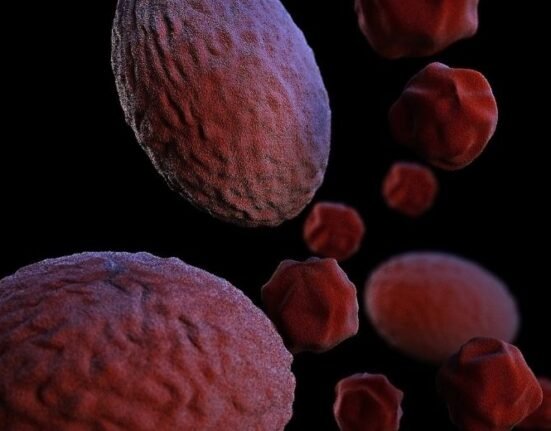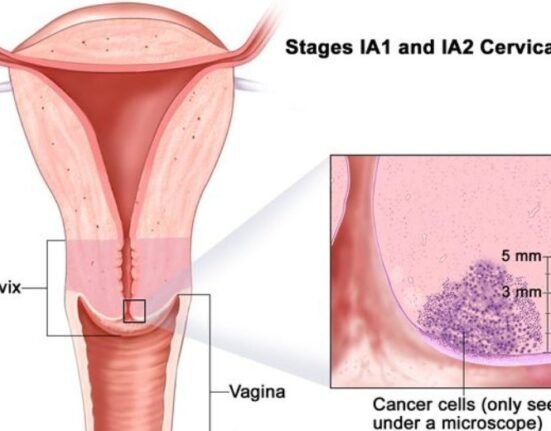The World Health Organisation says that each year there are an estimated 374 million new infections with 1 of 4 curable STIs: chlamydia, gonorrhea, syphilis, and trichomoniasis. Lack of readily available rapid tests is a hindrance to the proper diagnosis of these infections. But a research team led by Penn State may change that. They recently unveiled the first rapid tests for these infections, with potential for detecting various infections.
Prevalence of Chlamydia and Gonorrhea
Chlamydia and gonorrhea are common STIs, often asymptomatic, yet they can lead to severe health issues if left untreated. It may lead to irreversible reproductive damage. Gonorrhea, which has progressively developed antibiotic resistance, can also eventually spread to blood and joints and possibly cause death. Rapid and accurate testing is crucial for timely treatment and prevention.
Current point-of-care tests for chlamydia and gonorrhea often underperform and are unsuitable for routine screening during medical visits. Molecular tests, while accurate, are costly and time-consuming.
The development of a point-of-care diagnostic method for chlamydia and gonorrhea is vital to combat these STIs effectively. Co-infections are frequent, and simultaneous detection of both pathogens is efficient.
Rapid tests developed
The research is led by Dipanjan Pan, chair professor at the Penn State Dorothy Foehr Huck & J. Lloyd Huck. “Work is trying to address a very important public health issue,” said Pan, who is also the director of graduate studies in the Ken and Mary Alice Department of Nuclear Engineering department. “Infections caused by sexually transmitted diseases pose a substantial economic and health care burden worldwide. Preemptive screening and testing are key to controlling this epidemic, so the development of accurate point-of-care tests for rapid and simple detection of these STIs is crucial. It will enable timely treatment, prevent further spread, raise public awareness about risks, reduce health care costs, and advance health care in resource-limited areas,” he added.
The team at Penn State created a lateral flow biosensor, similar to at-home COVID-19 tests, to detect chlamydia and gonorrhea nucleic acids in two minutes from cervical and vaginal swab samples. The biosensor uses specially designed single-stranded oligonucleotides with high specificity for genetic targets conserved among different strains of the infections.
Collaborating with medical professionals, the tests accurately detected chlamydia and gonorrhea in clinical samples 100% of the time. They did have a slightly lower specificity, leading to a small number of false-positive results.
The test platform is highly adaptable and can be modified to detect various infectious diseases, including other STIs. Researchers are exploring other potential applications for the technology.
The team published their results in Advanced Science.








